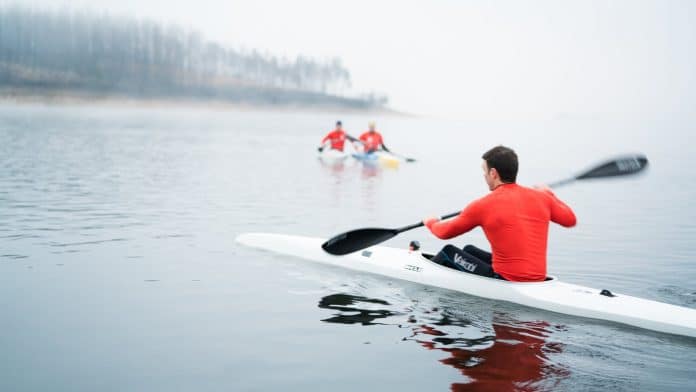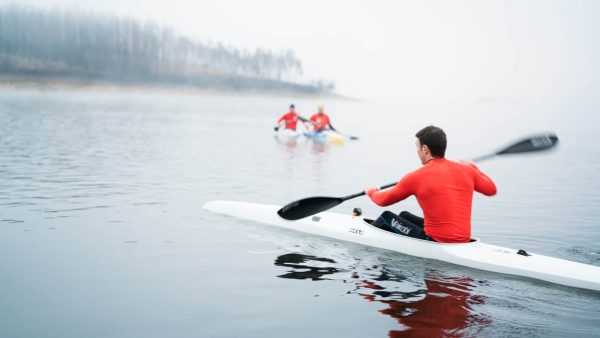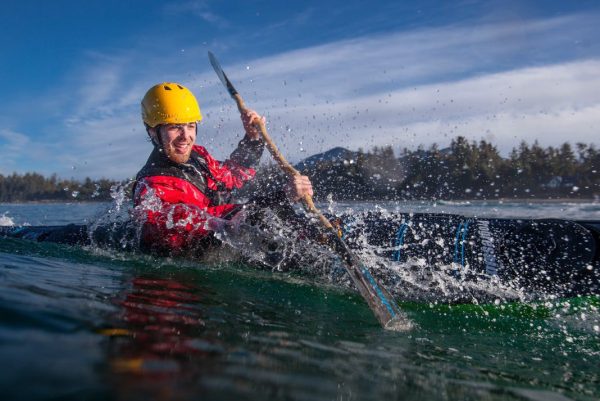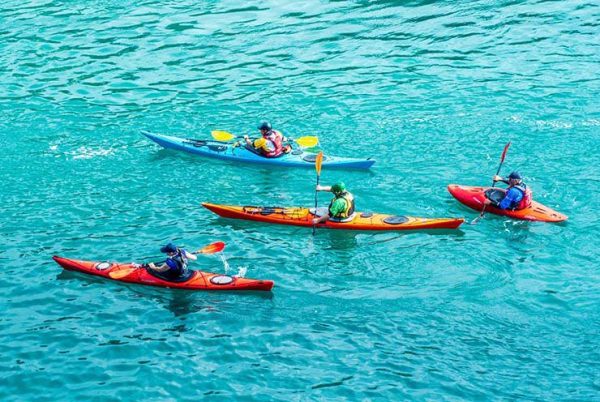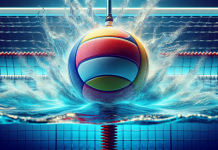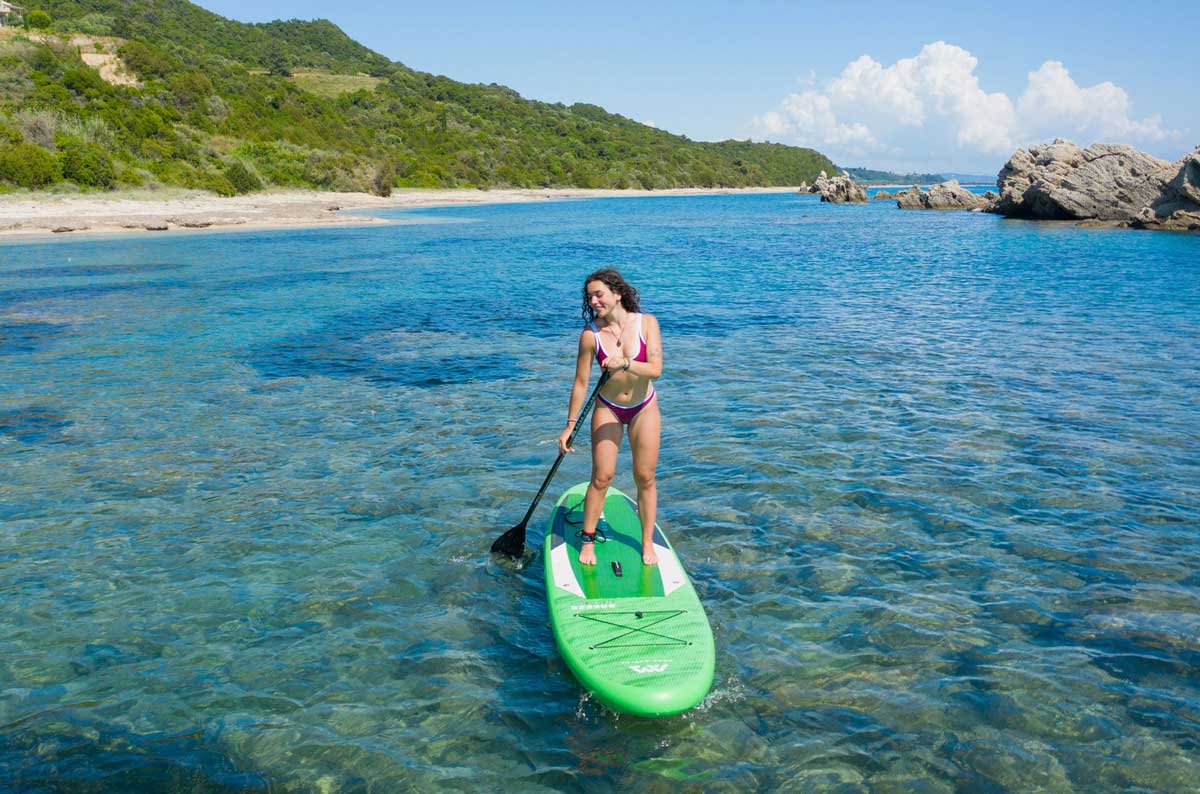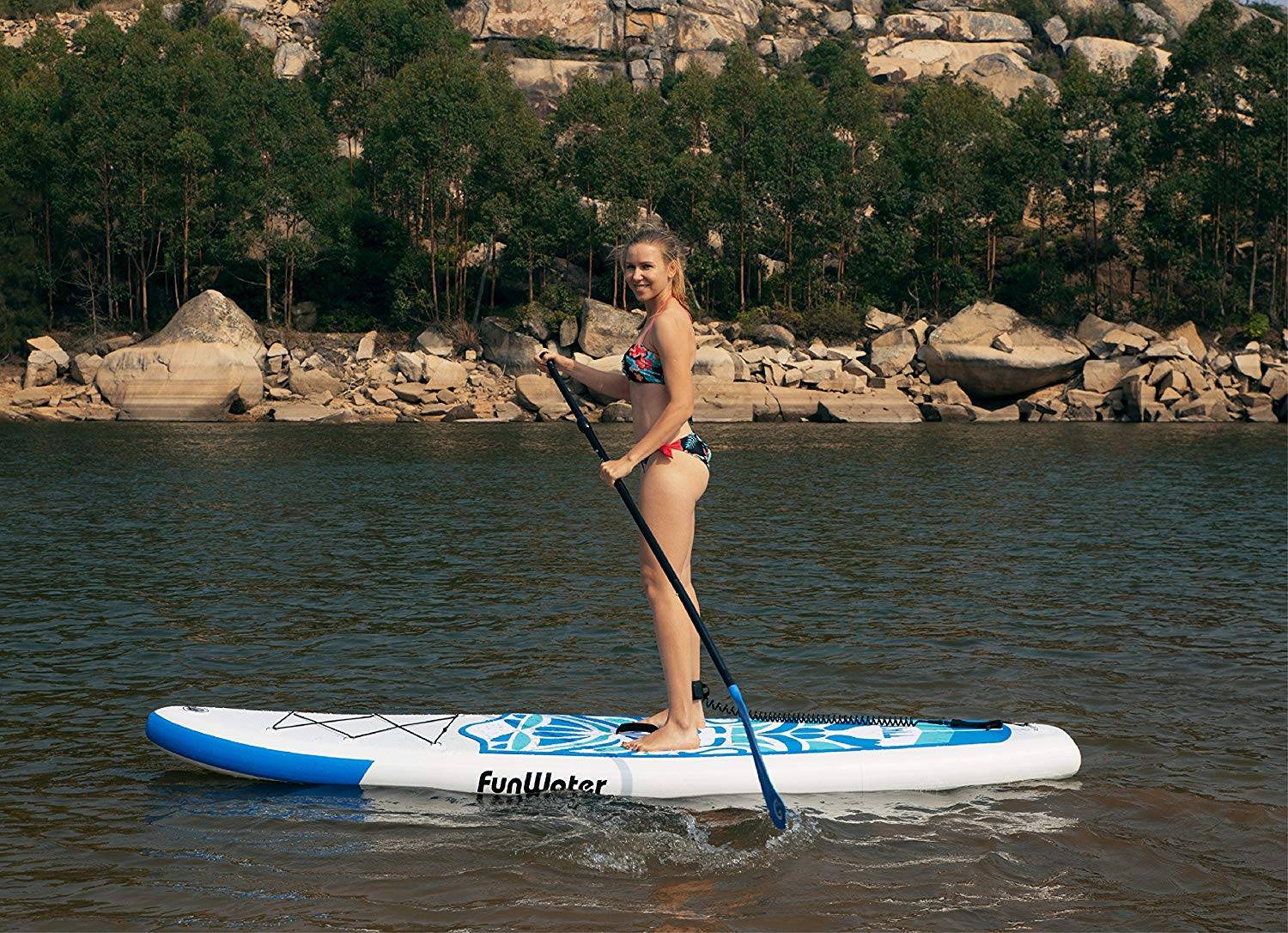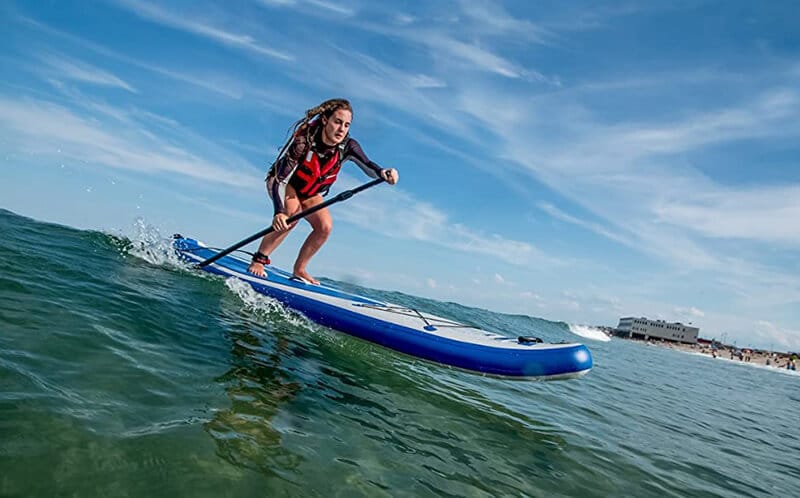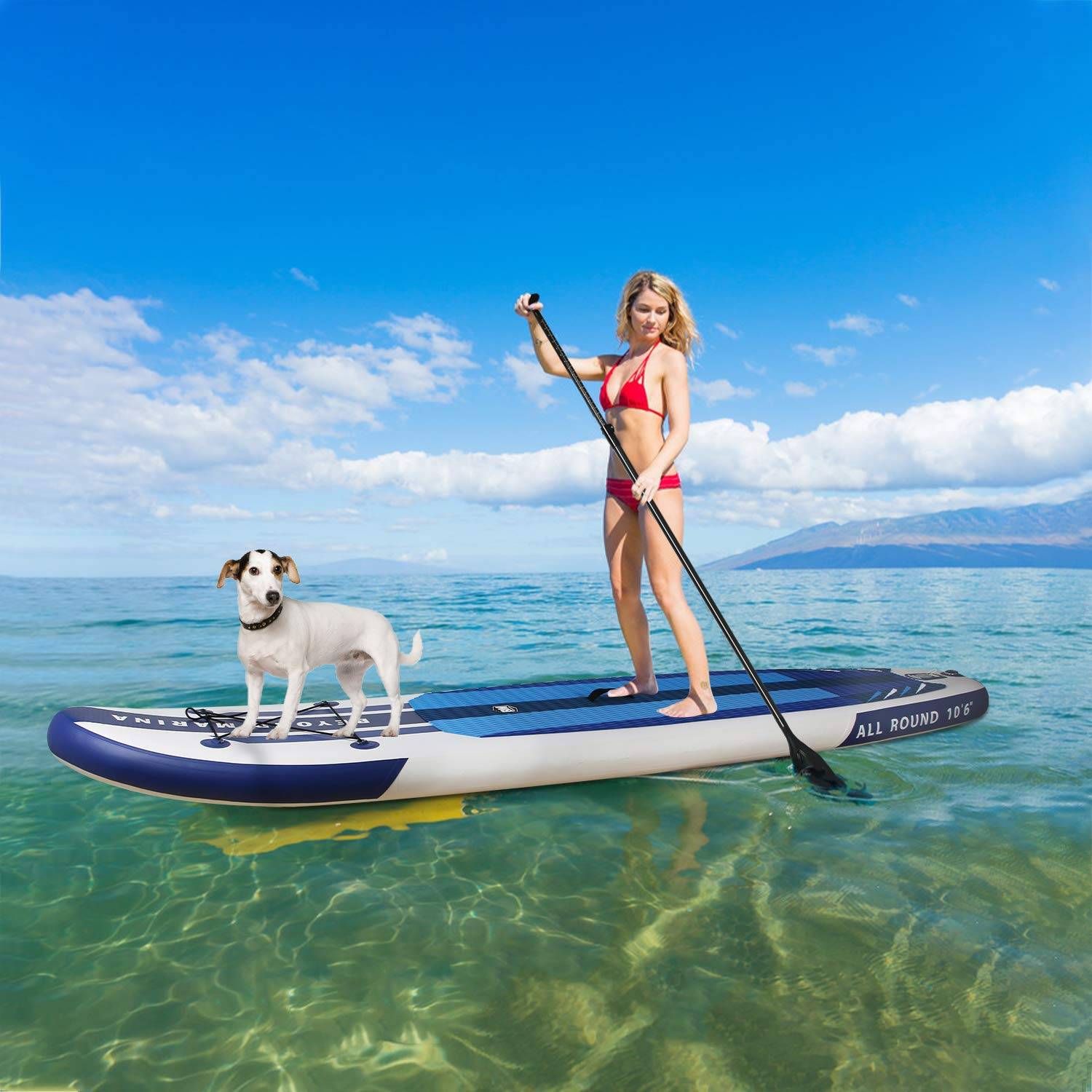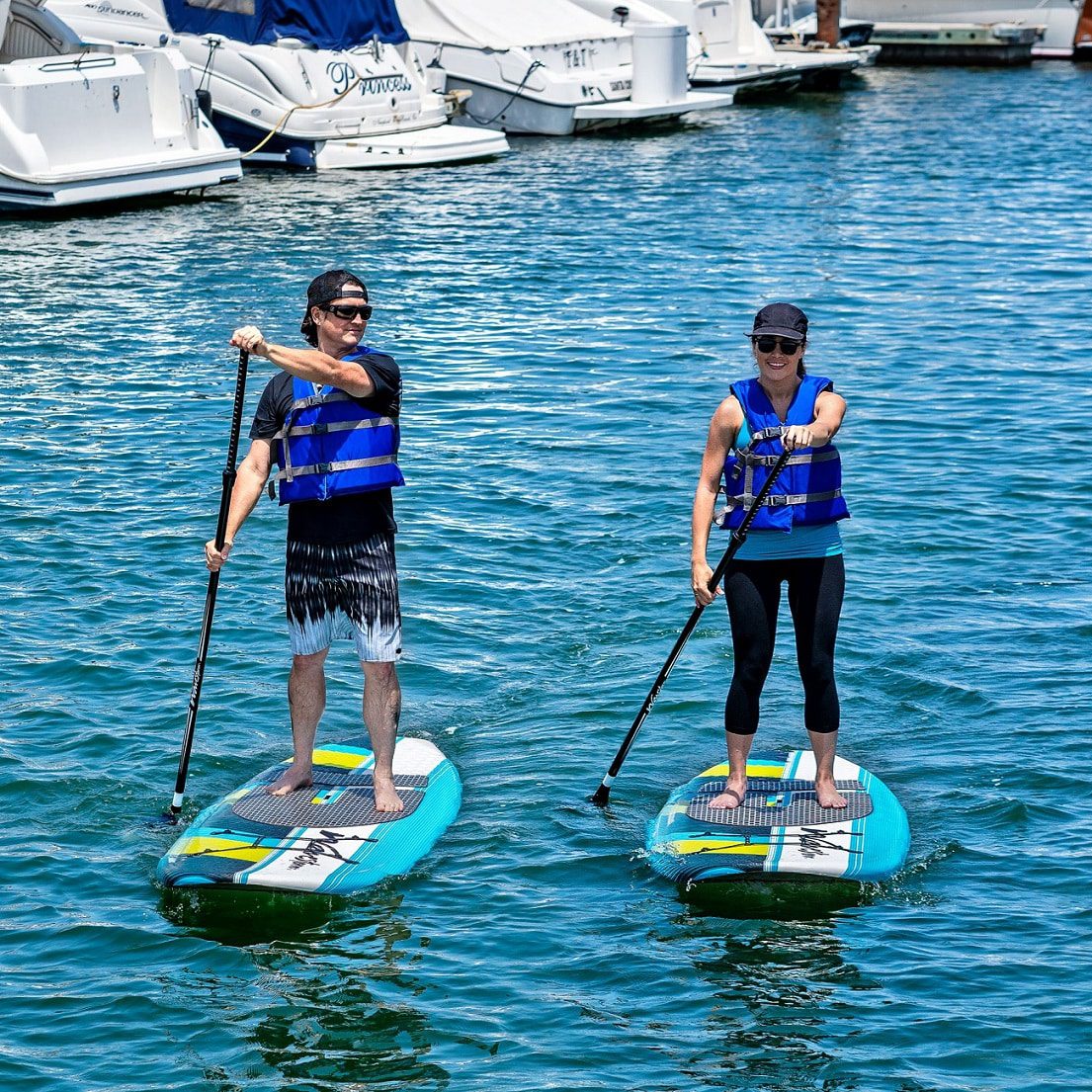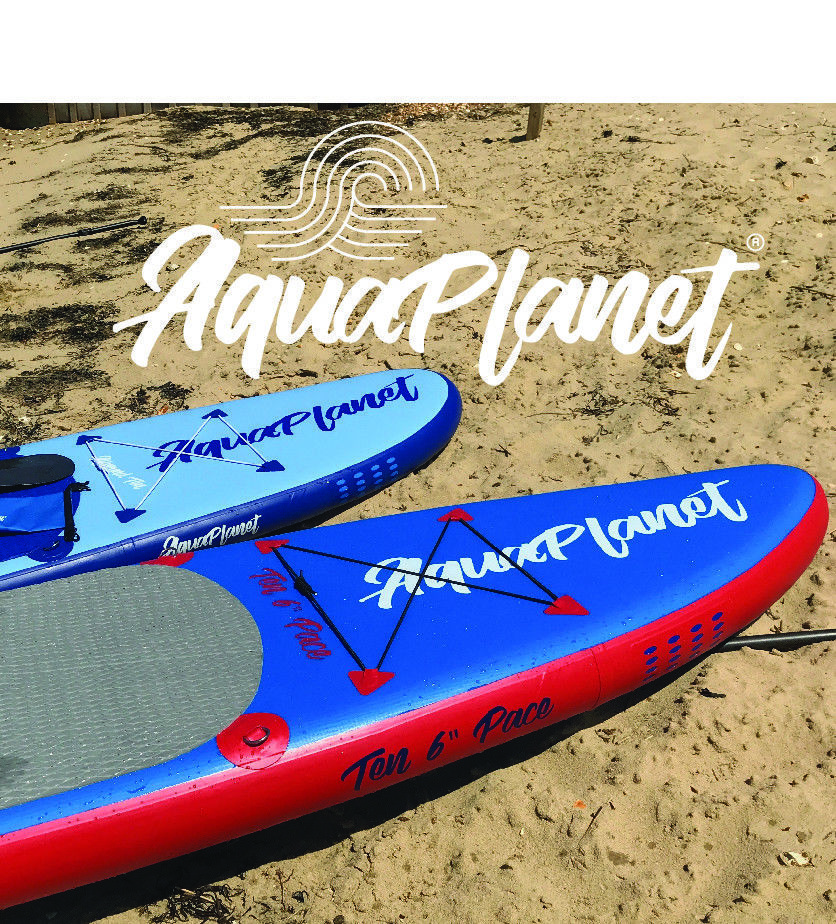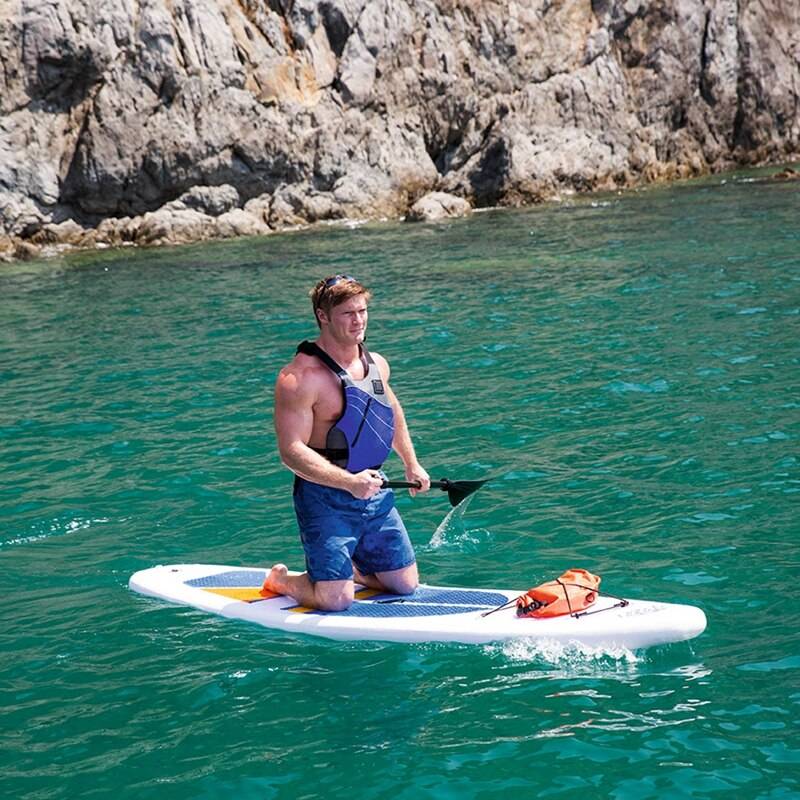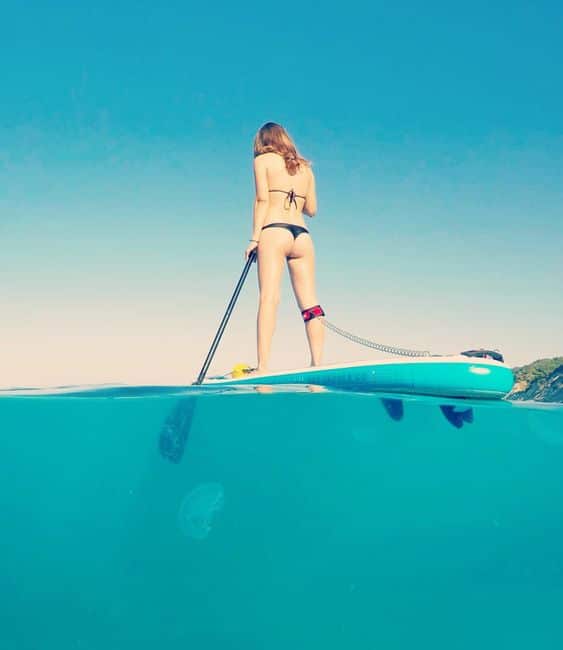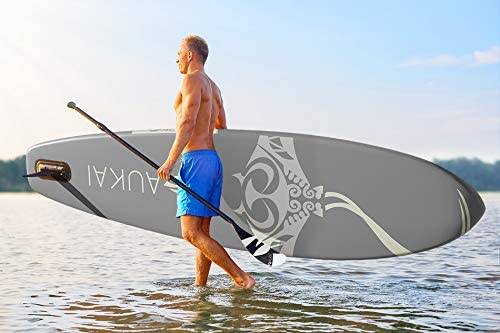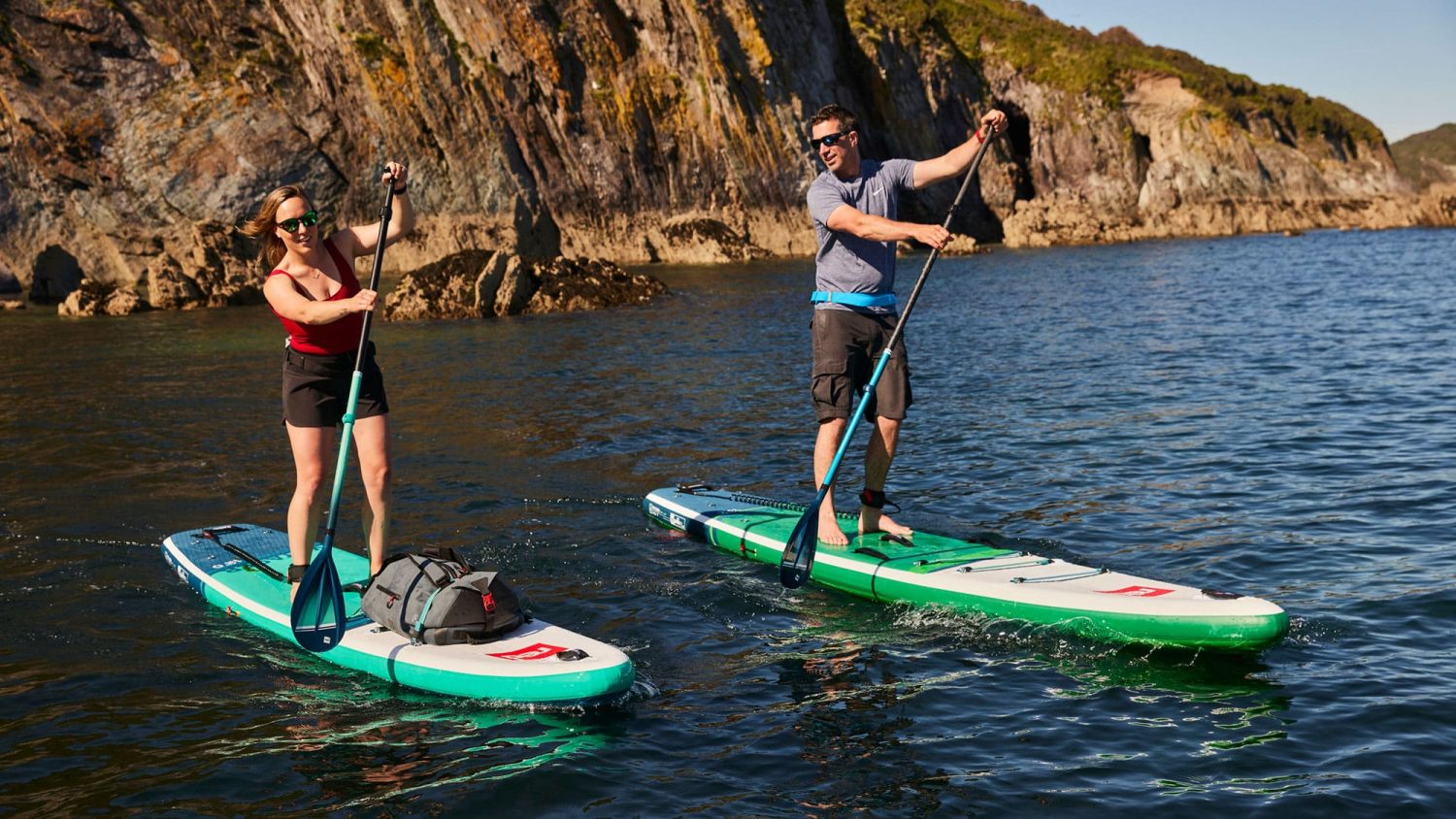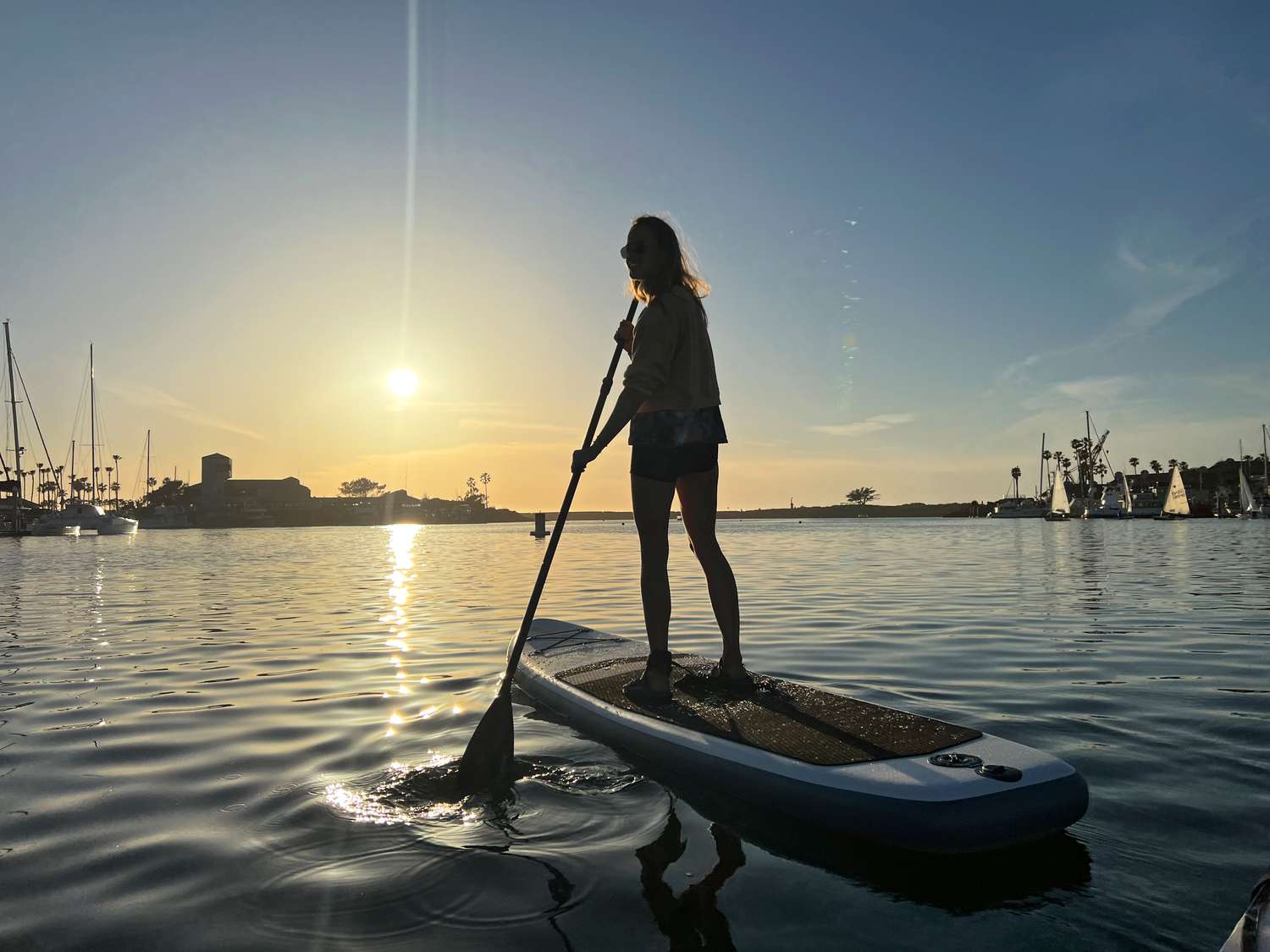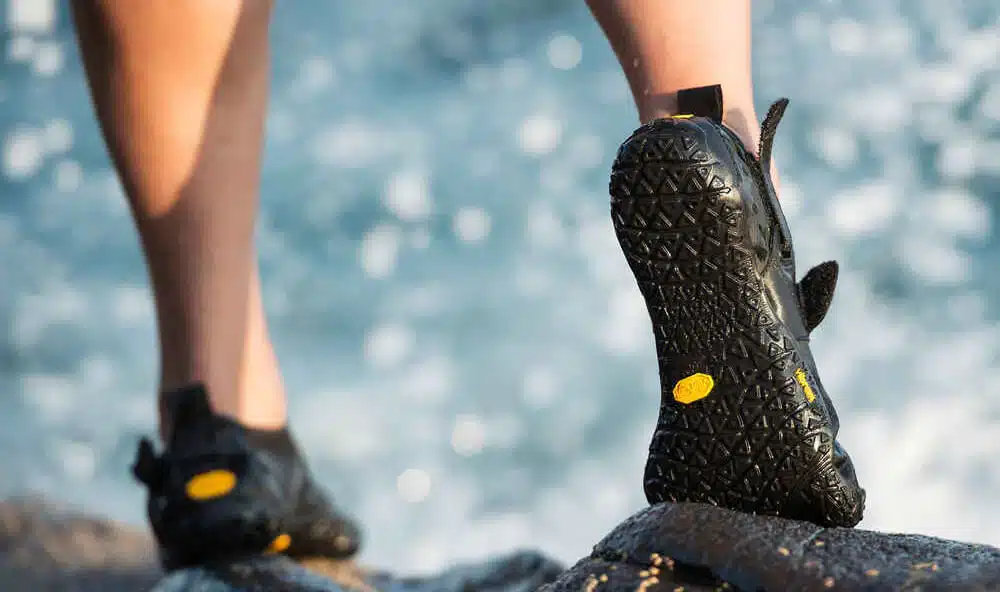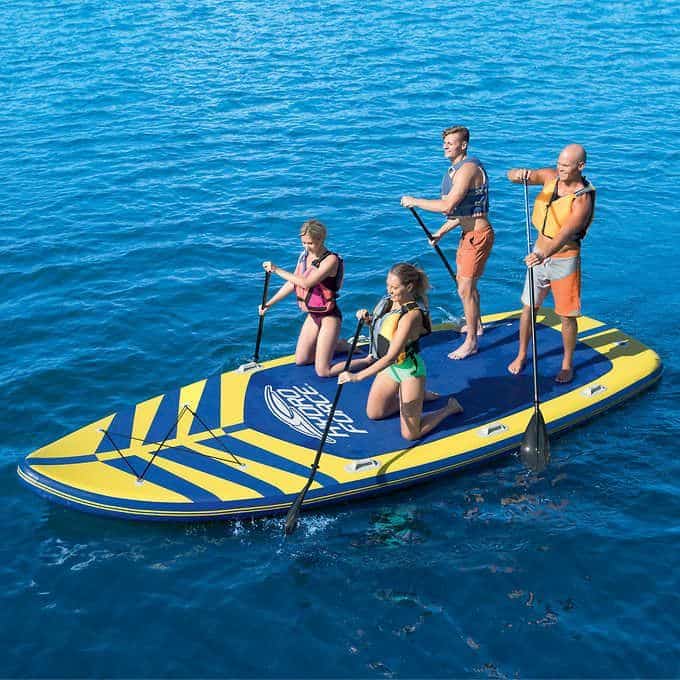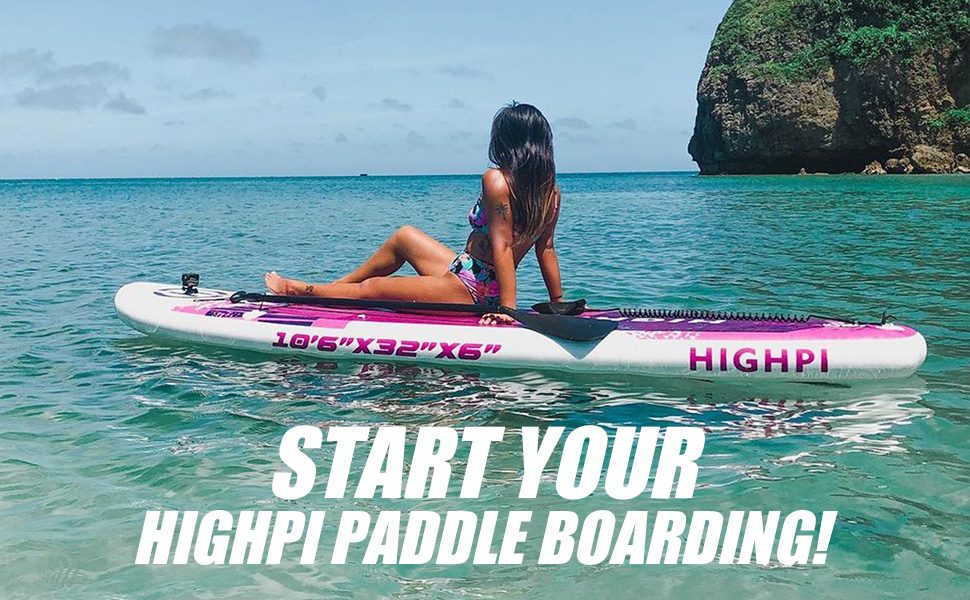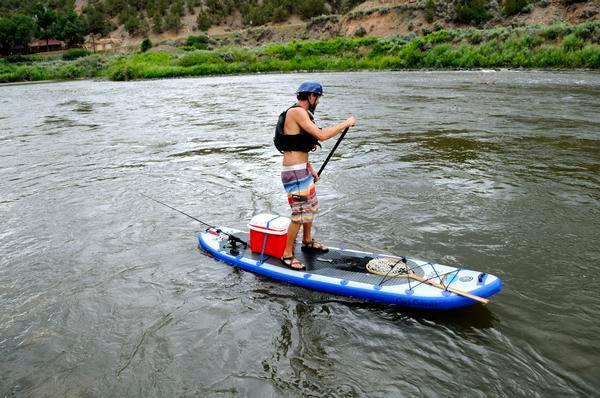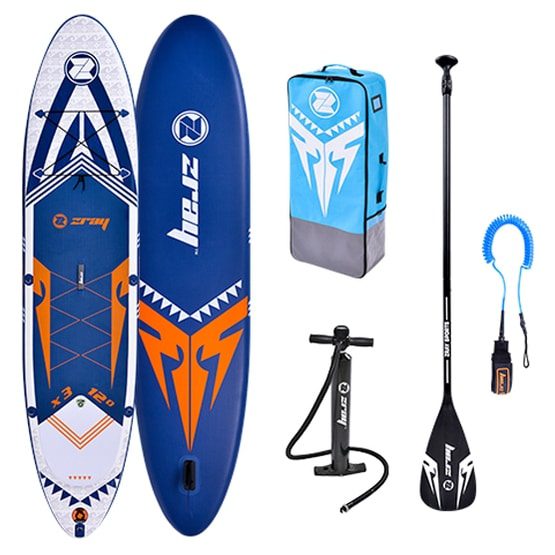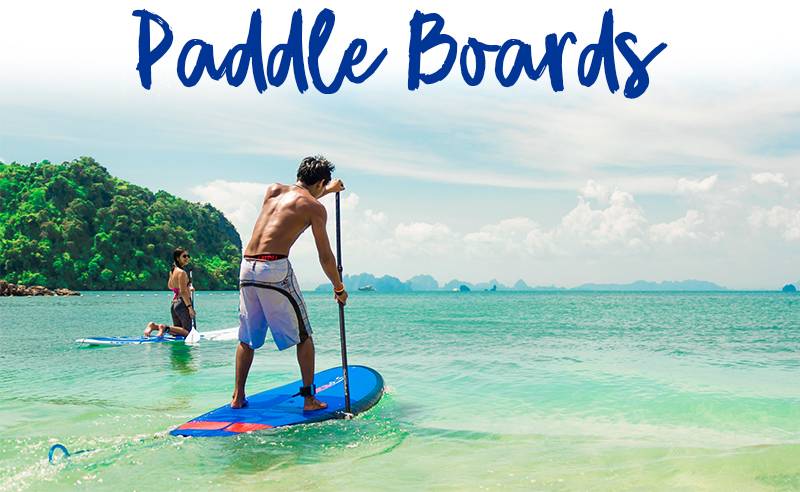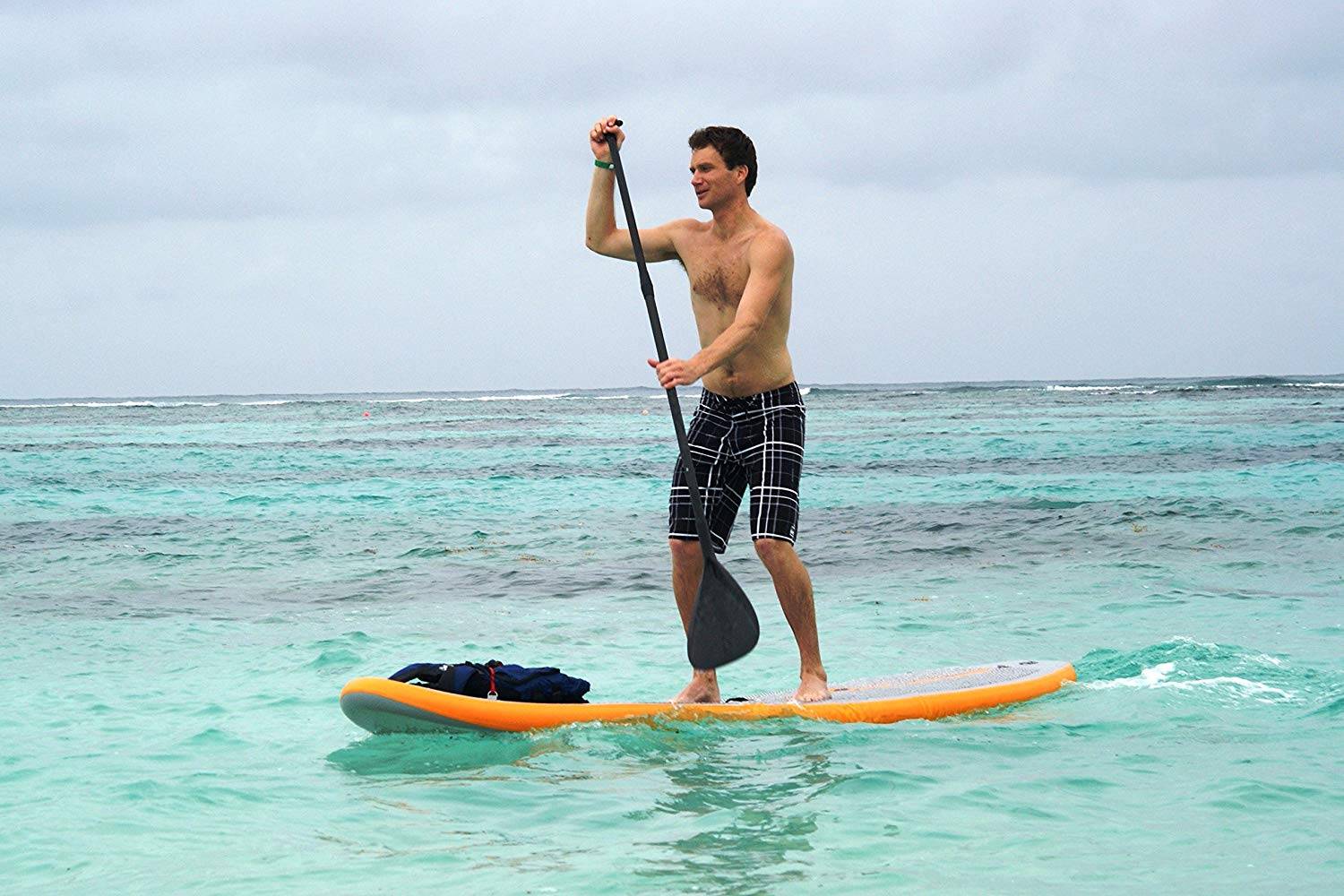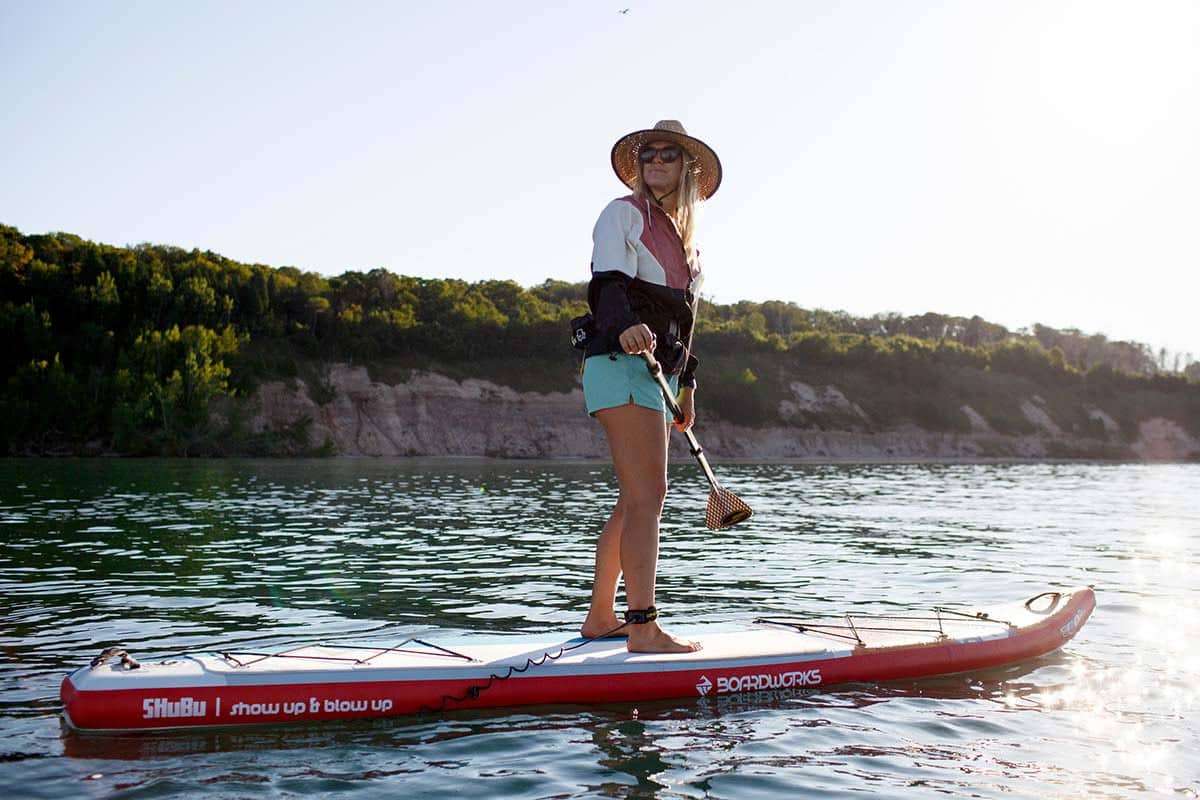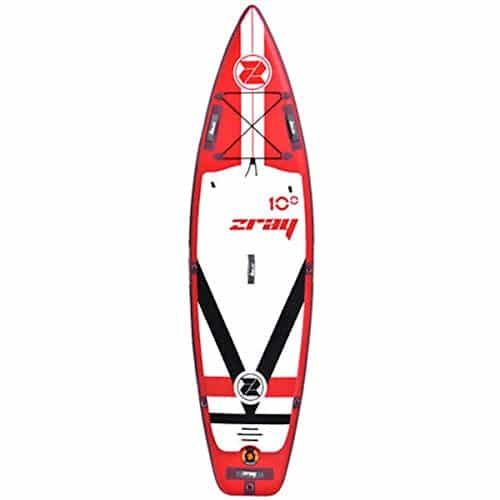Curiosity may have led us to venture into the exhilarating world of kayaking, but little did we know that the lengths of our paddles could make all the difference.
As we embarked on our latest aquatic adventure, we couldn’t help but wonder: what happens when we use a paddle that’s too long for kayaking?
The answer lies in a delicate balance between efficiency and control, as our paddling technique and overall experience can be significantly affected.
So, let’s dive in and unravel the unexpected consequences of this seemingly innocuous oversight.
Pros and Cons of Longer Paddles
When choosing the right paddle for kayaking, there are various factors to consider. One of the most important decisions is determining the appropriate length of the paddle. While longer paddles have advantages, they also come with certain disadvantages that must be weighed carefully.
Advantages of Using a Longer Paddle
Using a longer paddle can provide several benefits to kayakers. Firstly, a longer paddle allows for greater reach, which is particularly advantageous in situations requiring a longer stroke, such as when paddling in windy or rough conditions. This increased reach can provide more control over the kayak and enable you to maintain a straighter course.
Secondly, a longer paddle can offer improved leverage, increasing power and efficiency in each stroke. This can benefit long-distance paddling or when additional force is needed to overcome strong currents or headwinds. The added leverage can also help reduce fatigue, allowing you to paddle for extended periods without excessive strain.
Disadvantages of Using a Longer Paddle
Despite the advantages, longer paddles bring about their fair share of challenges. One potential issue is decreased maneuverability. Quick and precise turns become more complex with a longer paddle, especially in tight or narrow spaces. This reduced maneuverability can be problematic when navigating obstacles or engaging in more technical maneuvers.
Another disadvantage of using a longer paddle is its potential strain on the shoulders. The increased length requires the paddler to extend their arms further, which can lead to overuse injuries or discomfort, especially during longer excursions. A longer paddle may also contribute to an impaired stroke technique if not correctly managed or compensated for.
Potential Issues with Using a Paddle That Is Too Long
Decreased Maneuverability
One of the main reasons kayakers choose shorter paddles is for improved maneuverability. When using a too-long paddle, making quick turns or maneuvering through tight spaces becomes more challenging. This can limit your ability to navigate challenging environments, such as winding rivers or dense vegetation. It’s crucial to assess the specific requirements of your kayaking adventures and choose a paddle length that allows for the maneuverability needed in those situations.
Potential Shoulder Strain
Using a paddle that is too long can put additional strain on the shoulders. With increased reach, the paddler needs to extend their arms further, which can lead to overuse injuries and discomfort over time. To avoid potential shoulder strain, it’s essential to ensure that the length of the paddle allows for a comfortable and natural paddling motion without excessive stress on the upper body.
Loss of Efficiency
While a longer paddle can provide more power and leverage, it can also lead to a loss of efficiency in each stroke. This is particularly true if the paddler cannot generate sufficient force due to the increased paddle length. Inadequate power transfer can result in wasted energy and reduced propulsion, ultimately slowing the kayak and impeding progress. It’s essential to balance increased power and maintaining an efficient paddle stroke to maximize speed and efficiency.
Impaired Stroke Technique
Using a paddle that is too long may potentially lead to an impaired stroke technique. It can be challenging to maintain proper form and technique with extended arms, especially during repetitive strokes. This can result in a less effective and inefficient stroke, ultimately affecting the paddling experience.
Adapting your stroke technique and ensuring proper body mechanics when using a longer paddle is crucial to avoid any negative impact on your paddling performance.
This image is the property of oldtownwatercraft.johnsonoutdoors.com.
Impact on Stability and Balance
Reduced Stability
When using a longer paddle, stability can be compromised. The extended reach can create an imbalance, making it harder to maintain a stable position on the water. This reduced stability can be problematic, especially for beginners or in rough conditions. Without proper stability, the risk of capsizing or losing control of the kayak increases significantly.
Difficulty Balancing and Controlling the Kayak
In addition to reduced stability, a longer paddle can make balancing and controlling the kayak more challenging. The increased length can create an imbalance in weight distribution, requiring the paddler to exert more effort to maintain control and balance. This can lead to a less enjoyable experience, as you constantly struggle to keep the kayak balanced and on course. Finding a paddle length that allows for effortless control and maneuverability while maintaining proper stability is essential.
Increased Risk of Injury
Higher Risk of Overuse Injuries
It is using a paddle that is too long increases the risk of overuse injuries. With the extended reach, the paddler’s arms are forced to work harder and in a more extended position, which can overtax the muscles and joints. The repetitive paddling can contribute to conditions such as tendonitis, bursitis, or shoulder impingement syndrome. Choosing a paddle length that promotes proper biomechanics and minimizes the risk of overuse injuries is essential.
Potential for Accidental Collisions
The increased length of a paddle also poses a risk of accidental collisions. In situations with limited space or crowded waterways, the longer paddle can contact other objects, such as boats, buoys, or submerged obstacles. This puts the paddle at risk of damage and increases the likelihood of accidents or collisions that can lead to injury. Having complete control and awareness of your paddle length is crucial to navigating crowded or confined areas safely.
Inadequate Support and Control in Challenging Conditions
Using a longer paddle can also result in inadequate support and control when faced with challenging conditions. The increased length may make it more challenging to maintain stability and navigate in rough waters or strong currents. It is essential to assess the specific conditions you may encounter and choose a paddle length that provides the necessary support and control to handle these challenges confidently.
This image is the property of dietzpaddling.com.
Techniques to Compensate for a Long Paddle
Adjusting Paddle Angle
One technique to compensate for the challenges posed by a longer paddle is to adjust the paddle angle. By rotating the paddle slightly, the increased length can be better utilized, improving maneuverability and stroke efficiency. Experimenting with different paddle angles can help find the optimal position that balances power, control, and maneuverability.
Using Proper Body Positioning
Proper body positioning can also help compensate for a longer paddle. Focusing on maintaining a stable and balanced posture throughout the kayaking stroke can minimize the impact of using a longer paddle. Engaging core muscles, maintaining a relaxed grip, and utilizing the larger muscle groups in the torso can help provide stability and control, even with an extended paddle length.
Strengthening Muscles for Better Control
Strengthening the muscles used in kayaking can greatly enhance control and compensate for the challenges associated with a longer paddle. By targeting the arms, shoulders, back, and core muscles, paddlers can improve their ability to handle the increased demands of longer paddles. Incorporating specific exercises into a regular training routine can help build strength and improve overall paddling performance.
Choosing the Right Paddle Length
Determining Factors for Paddle Length
When choosing a paddle length, several factors come into play. Physical attributes, such as height, arm length, and torso length, can influence the ideal paddle length for an individual. Additionally, the type of kayaking activity, paddling style, and personal preference are important considerations. It is recommended to seek guidance and advice from experts or experienced paddlers to help determine the appropriate paddle length for your specific needs.
Guidelines for Selecting the Correct Paddle Length
While personal factors play a significant role, there are general guidelines to assist in selecting the correct paddle length. As a starting point, the paddle should be roughly the same height as the paddler when standing alongside the kayak. This allows for comfortable paddling without excessive strain or reach. However, personal experimentation and fine-tuning may be necessary to find the perfect paddle length for optimal performance and comfort.
This image is the property of paddling magazine-images.s3.amazonaws.com.
Effects on Efficiency and Speed
Loss of Efficiency in Each Stroke
Using a paddle that is too long can result in a loss of efficiency in each stroke. With increased reach, the paddler may not be able to generate enough power, causing an inefficient transfer of energy from the paddle to the water. The longer paddle may also create additional drag, reducing the overall effectiveness of each stroke. This loss of efficiency can result in slower progress and increased effort required to maintain a desired speed.
Slower Speed Due to Ineffective Propulsion
Ineffective propulsion is another consequence of using a paddle that is too long. The diminished efficiency in each stroke, combined with the increased drag, can significantly impact the speed at which the kayak moves through the water. Slower speeds can be frustrating and hinder the overall kayaking experience, mainly when speed is crucial, such as racing or covering long distances. Choosing the appropriate paddle length is essential to maximize propulsion and maintain desired speeds.
Testing and Experimentation
Trying Different Paddle Lengths
Finding the ideal paddle length often involves experimentation and testing. Trying different paddle lengths allows paddlers to assess how each length affects their performance, comfort, and overall experience. Borrowing or renting paddles of varying lengths or blades is recommended before deciding. This hands-on approach provides valuable insights and enables paddlers to determine the best length for their needs.
Seeking Professional Advice
Seeking professional advice from experienced paddlers or kayak instructors can be immensely beneficial when selecting a paddle length. Their expertise and knowledge can help paddlers make an informed and suitable choice. They can provide valuable insights regarding technique, safety, and comfort, ensuring that the paddle length aligns with the paddler’s skill level and intended usage.
Using Adjustable Paddles
Adjustable paddles offer a versatile solution for those who are uncertain about the optimal paddle length or anticipate using different length requirements for diverse kayaking scenarios. These paddles allow for on-the-go length adjustments, enabling paddlers to tailor the paddle to specific needs or share it with others with different preferences. Adjustable paddles provide flexibility and convenience, making them valuable tools for novice and experienced kayakers.
This image is the property of aquabound.com.
Summary
Importance of Using the Correct Paddle Length
The correct paddle length is crucial for an enjoyable and efficient kayaking experience. It impacts maneuverability, stability, control, stroke technique, and overall performance. Paddlers can maximize their enjoyment, safety, and proficiency on the water by choosing a paddle length that complements personal attributes, kayaking goals, and intended conditions.
Potential Consequences of Using a Paddle That Is Too Long
Using a paddle that is too long can result in decreased maneuverability, potential shoulder strain, loss of efficiency, impaired stroke technique, reduced stability, difficulty balancing and controlling the kayak, increased risk of overuse injuries, potential for accidental collisions, and inadequate support and control in challenging conditions. These consequences can diminish the pleasure and safety of kayaking, highlighting the importance of selecting the appropriate paddle length.
Conclusion
Choosing the right paddle length is a critical decision directly impacting the kayaking experience.
While longer paddles offer advantages in reach, power, and efficiency, they also have drawbacks, such as decreased maneuverability and potential strain on the shoulders. Additionally, longer paddles can compromise stability, increase the risk of injury, and negatively impact speed and efficiency.
Personal experimentation, seeking professional advice, and utilizing adjustable paddles can help determine the optimal length for each individual. By choosing the correct paddle length, paddlers can enhance their control, performance, and enjoyment on the water while minimizing the risk of injury and discomfort.
This image is the property of kayakscout.b-cdn.net.

